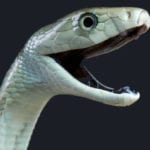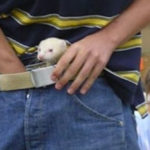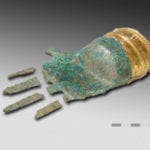 Politics
Politics  Politics
Politics  Weird Stuff
Weird Stuff 10 Eggs-traordinarily Odd Eggs
 History
History 10 Desperate Last Stands That Ended in Victory
 Animals
Animals Ten Times It Rained Animals (Yes, Animals)
 Mysteries
Mysteries 10 Devastating Missing Child Cases That Remain Unsolved
 Creepy
Creepy 10 Scary Tales from the Middle Ages That’ll Keep You up at Night
 Humans
Humans 10 One-of-a-kind People the World Said Goodbye to in July 2024
 Movies and TV
Movies and TV 10 Holiday Movies Released at Odd Times of the Year
 Politics
Politics 10 Countries Where Religion and Politics Are Inseparable
 Weird Stuff
Weird Stuff 10 Freaky Times When Famous Body Parts Were Stolen
 Politics
Politics The 10 Most Bizarre Presidential Elections in Human History
 Weird Stuff
Weird Stuff 10 Eggs-traordinarily Odd Eggs
 History
History 10 Desperate Last Stands That Ended in Victory
Who's Behind Listverse?

Jamie Frater
Head Editor
Jamie founded Listverse due to an insatiable desire to share fascinating, obscure, and bizarre facts. He has been a guest speaker on numerous national radio and television stations and is a five time published author.
More About Us Animals
Animals Ten Times It Rained Animals (Yes, Animals)
 Mysteries
Mysteries 10 Devastating Missing Child Cases That Remain Unsolved
 Creepy
Creepy 10 Scary Tales from the Middle Ages That’ll Keep You up at Night
 Humans
Humans 10 One-of-a-kind People the World Said Goodbye to in July 2024
 Movies and TV
Movies and TV 10 Holiday Movies Released at Odd Times of the Year
 Politics
Politics 10 Countries Where Religion and Politics Are Inseparable
 Weird Stuff
Weird Stuff 10 Freaky Times When Famous Body Parts Were Stolen
Ten Unusual Pets Of Famous Writers And Artists
Many writers and artists had cats and dogs, and sometimes used them as inspiration for their stories or their paintings. The poet Emily Dickinson owned Carlo, a large dog that she took with her on long walks and that she mentions in a few poems and letters. The Argentinean writer Jorge Luis Borges had as a companion for 15 years a white cat, Beppo, to whom he dedicated at least two poems. The painter Edward Munch, creator of “The Scream”, had a dog that became so inseparable from him that he took him even to the movies. But other artists had a bit more unusual pets. Here there’s a list with some of the more exotic ones.
10 Heartwarming Stories Of Pets Who Survived Natural Disasters (Videos)
10 Frida Kahlo’s deer, Granizo

Frida Kahlo loved all kind of animals and had several unusual pets. In her famous “Blue House” in Mexico where she lived and worked, the famous painter kept several monkeys, cockatoos, parrots and an exotic dog of the Xoloitzcuintli breed — hairless dogs that, it is believed, were first domesticated by the Aztecs. Of the 143 paintings by Frida Kahlo, 55 are self-portraits that include at least one of her animals. But one of her most beloved pets was the deer Granizo (Hail), which posed with her in many photographs, used to sleep with her, and served as inspiration and model for one of her most famous paintings, “Wounded Deer” (1946), where she portrays herself as a deer with a human face.
9 Ernest Hemingway’s Six-Toed Cat, Snowball (or Snow White)
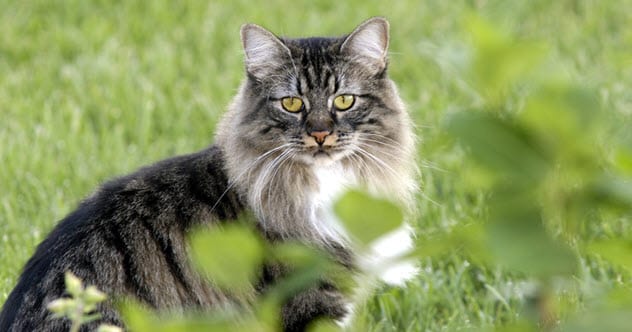
Not many people would think of Ernest Hemingway as a cat-person, but he loved cats and owned several of them during his life. When he lived in Key West, Florida, he received as a gift from a captain’s ship a cat that he named Snowball (or, according to other accounts, Snow White). The unusual thing was that the cat had six toes on each paw, because he suffered from a congenital anomaly called polydactyly. Today, several of Hemingway cat’s descendants, about half of them also polydactyl cats, live in his former house that was transformed into the Hemingway House-Museum.
8 Dante Gabriel Rossetti’s Wombat, Top
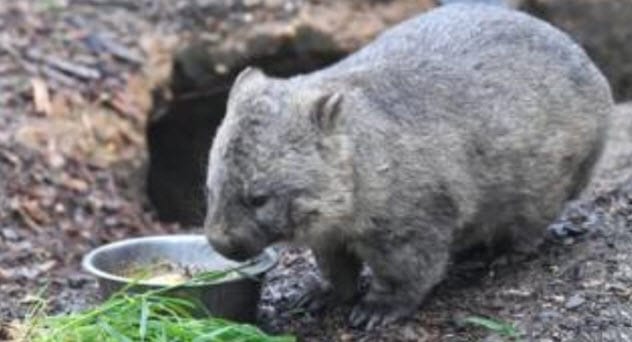
The writer and painter Dante Gabriel Rossetti, perhaps the most famous member of the “Pre-Raphaelite” group in the 19th century, loved exotic animals. He was especially fascinated by wombats, those rare Australian marsupials. He adopted one that he named Top and let him sleep on the table during meals, to the horror and chagrin of his guests. When the pet died, he cried and wrote him an epitaph in verse. He also immortalized him in at least two drawings. Rossetti’s growing interest in exotic animals over the years culminated in the adoption of a llama and a toucan that he brought from South America. According to legends, he trained the toucan to ride on the llama with a gaucho hat and to gallop around the dining room table.
7 Charles Dickens’ Raven, Grip
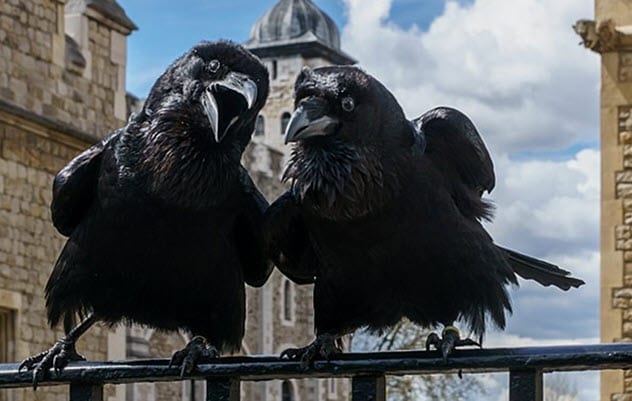
The English writer Charles Dickens had a beloved pet raven called Grip, which he even used as a character in one of his novels, Barnaby Rudge (Edgar Allan Poe, who later reviewed Dickens’ novel, might have been inspired by it to write his poem “The Raven”). Dickens, who was fascinated by taxidermy, preserved his raven after its death, and kept the stuffed bird on his desk as a source of inspiration. After the death of Dickens, the stuffed Grip was sold at an auction, and eventually bought by an American collector. Today it can be seen in a museum in Philadelphia.
6 Lord Byron’s Tame Bear
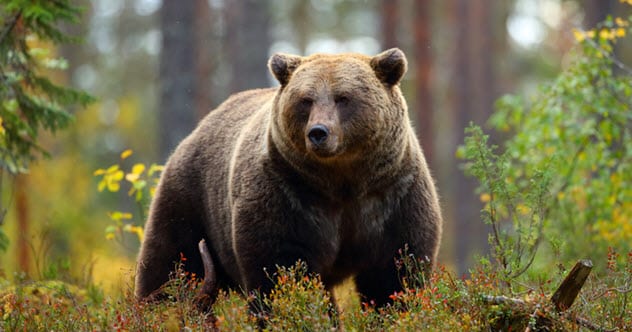
Lord Byron most famous pet was likely his dog Boatswain, who followed him in several adventures and to which he composed an epitaph in verse. But he also had many other pets during his life, including a tame bear. The story goes that Trinity College, in Cambridge, where he studied from 1805 to 1808, did not allow dogs to be kept on the college grounds. Angry at the rules, Byron reportedly bought a tame bear at a fair, and took him to live at the college with him. Since there was no mention of pet bears in the statutes, the college authorities had no legal right to expel the bear or its owner. Byron walked the bear on a chain and treated it like a dog, and when he left Cambridge he took the bear to his estate in London.
10 Bizarre Ways People Have Been Killed By Pets
5 Flannery O’Connor’s Backward-Walking Chicken
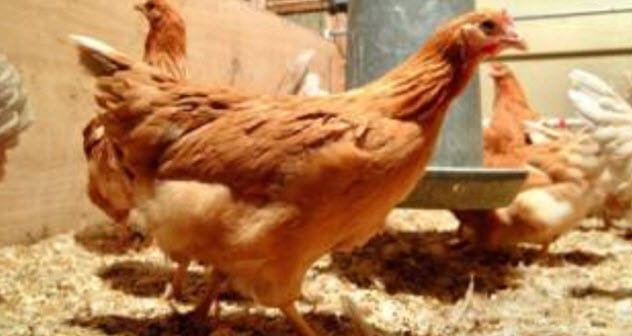
Before becoming famous as the author of “A Good Man is Hard to Find” and other brilliant short stories, Flannery O’Connor was briefly famous as a 5 year old child, but for owning a chicken that could walk backwards. The animal and the young future author were recorded in a Pathé newsreel in 1932, a film that can still be seen today. Her fascination with fowl continued throughout her whole life. Besides chicken, which she used to dress in clothes she made herself, Flannery owned several beloved peacocks (her favourite animals), and reportedly also a toucan and an emu.
4 Charles Baudelaire’s Bat
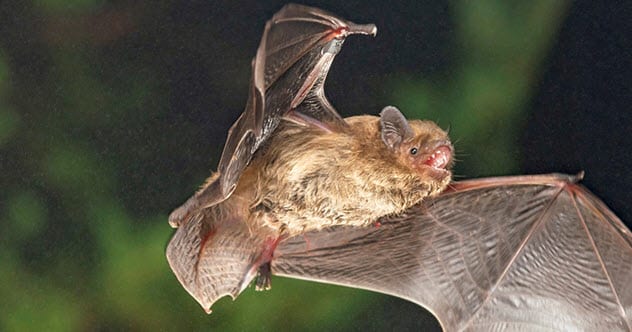
Charles Baudelaire, the famous French author of Les Fleurs du Mal, lived at the Hotel du Grand Miroir in Brussels from 1864 to 1866. One day as he was walking in the hotel courtyard, a bat fell to his feet. Worried that it might be ill, he picked it up with a handkerchief and took care of the animal as he recovered, feeding him with bread and milk. The bat slept upside down in an empty cage that had before housed a canary, and Baudelaire enjoyed caressing it, to the horror of his young maid, Nelly. When the animal was fully recovered, Baudelaire promised to release it back to the crevices of Sainte-Anne chapel across the street, where it seemed to have resided before.
3 Alexandre Dumas’ Vulture, Diogène (previously Jugurtha)
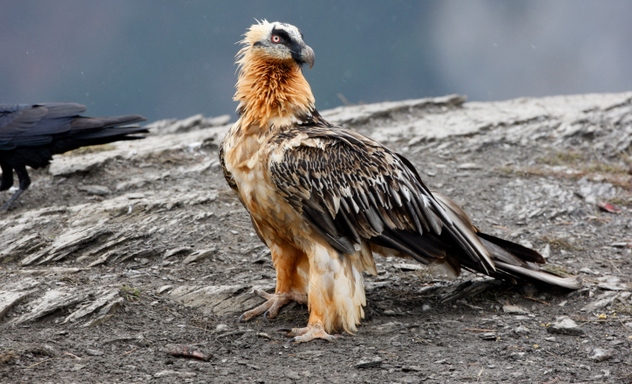
Alexandre Dumas (father), the author of The Three Musketeers and The Count of Monte-Cristo, was another writer who enjoyed having exotic animals. In his country estate, besides five dogs and a cat, he also kept three monkeys, two parrots, a golden pheasant and a vulture. He purchased the vulture at a cheap price from a local in Constantine, Algeria, but bringing him to France cost him quite a bit more. He named the bird Jugurtha, in homage to the ancient emperor of Numidia who was born in the same city (called Cirta at that time). However, when at the writer’s house, the vulture took an empty barrel as his preferred residence, and so it was renamed Diogenes, in homage to the Greek philosopher who reportedly lived inside a barrel as well.
2 Henrik Ibsen’s Scorpion
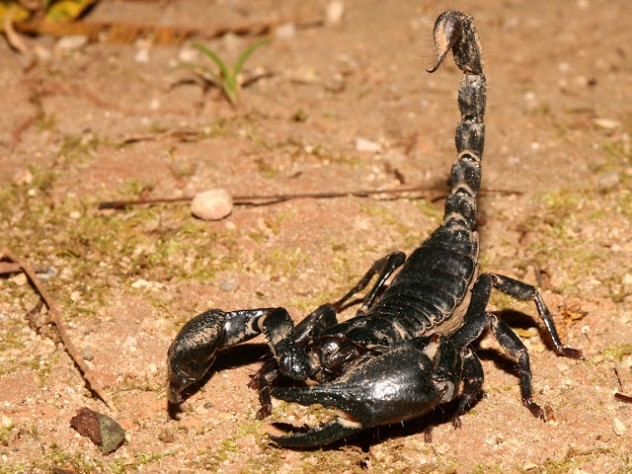
In 1865, the Norwegian playwright Henrik Ibsen was still unknown and was living in Rome, surviving on a meagre scholarship. There he started to write “Brand”, the first play that would make him famous. As he wrote the play, he found a scorpion crawling on the floor, and decided to keep him at his desk as he wrote, inside an empty beer glass. As he later told it in a letter to a friend, “During the time I was writing Brand I had on my desk a glass with a scorpion in it. From time to time the little animal was ill. Then I used to give it a piece of soft fruit, upon which it fell furiously and emptied its poison into it —after which it was well again”. Of course, it could be that the animal was simply enraged at his fruit diet, as scorpions are predators who normally prefer to eat insects.
1 Princess Vilma Lwoff-Parlaghy’s Lion, Goldfleck
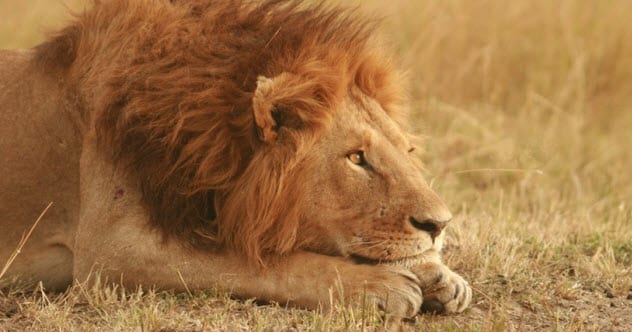
Almost forgotten today, Princess Vilma Lwof-Parlaghy was quite famous as a painter in the late 19th and early 20th century. Perhaps her most famous painting is her 1916 portrait of Nikola Tesla, the only portrait for which the inventor posed during his life. Born in Hungary, Vilma lived in several cities including Paris and Prague, where she married and quickly divorced a Russian prince, earning her Princess title, then she relocated to New York in 1909, taking residence at the Plaza Hotel. She loved animals and once took a fancy at a lion cub that she saw at a circus. When the circus owner refused to sell her the cub, she asked her friend and Civil War hero Daniel E. Sickles to get it for her. The circus owner could not refuse to give the cub to a war hero, and he then gave it to the Princess. She called him Goldfleck and lived with him and several other animals at her suite at the hotel. She occasionally took him for walks on a leash in Central Park. The animal unfortunately didn’t live long, becoming ill just two years later and dying in 1912. He is the only lion interred at Hartsdale Pet Cemetery.
Top 10 Exotic Pets That Killed Their Owners
About The Author: Tomas Creus is the editor of Contrarium and the author of the book “Our Pets and Us: The Evolution of a Relationship”.




